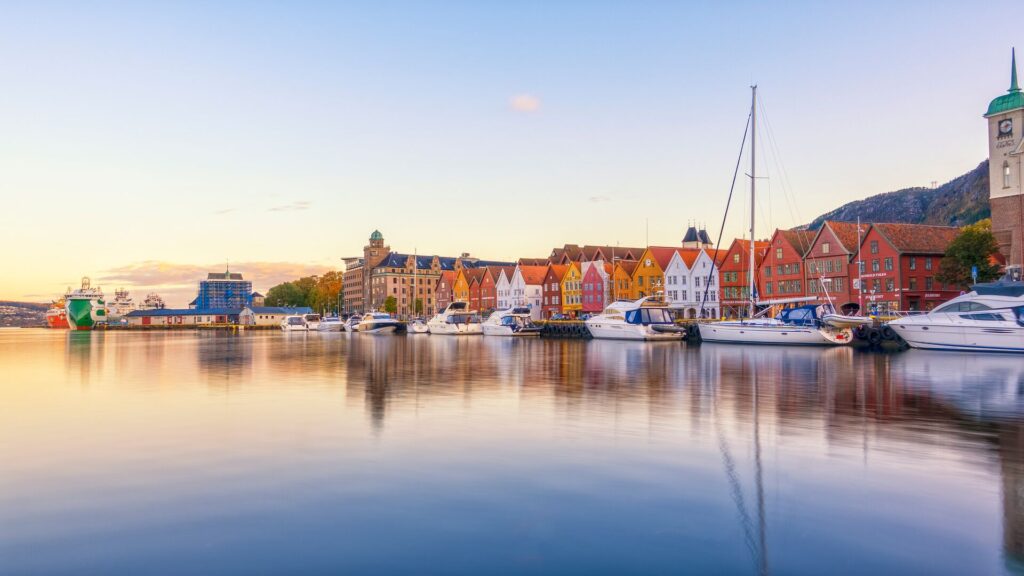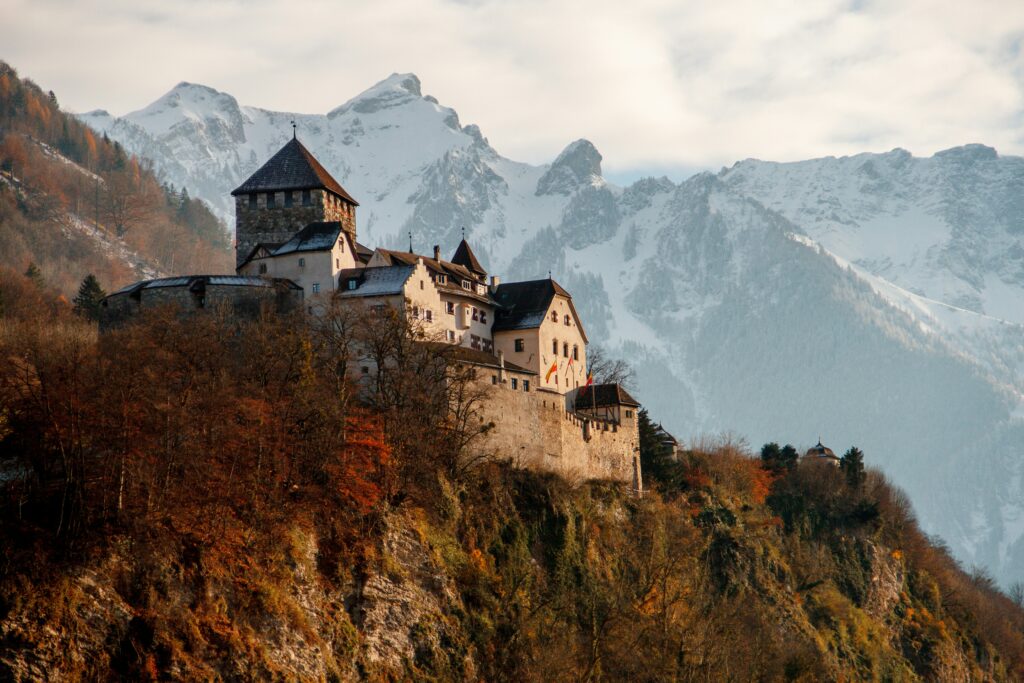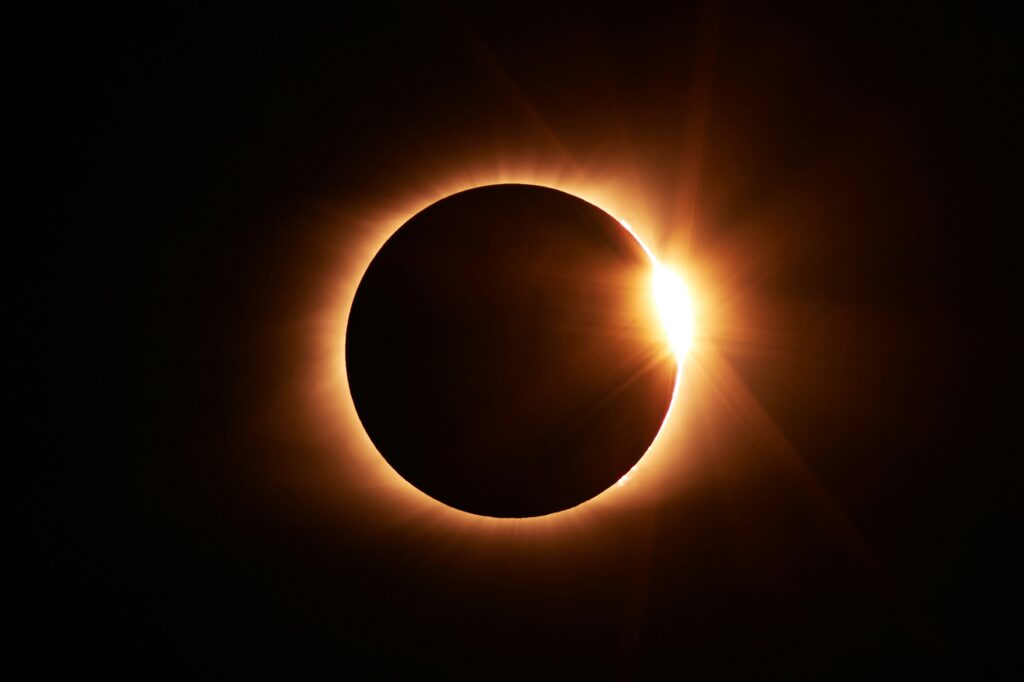Zion National Park: Unspoilt Beauty for Every Season
Famed for its striking red-rock walls and sheer canyons, Zion was Utah’s first National Park and holds an important place in the state’s history and culture. A year-round destination, whether you love hiking, wildlife or just sensational landscapes, you’re spoiled for choice when it comes to the best time to visit Zion National Park.
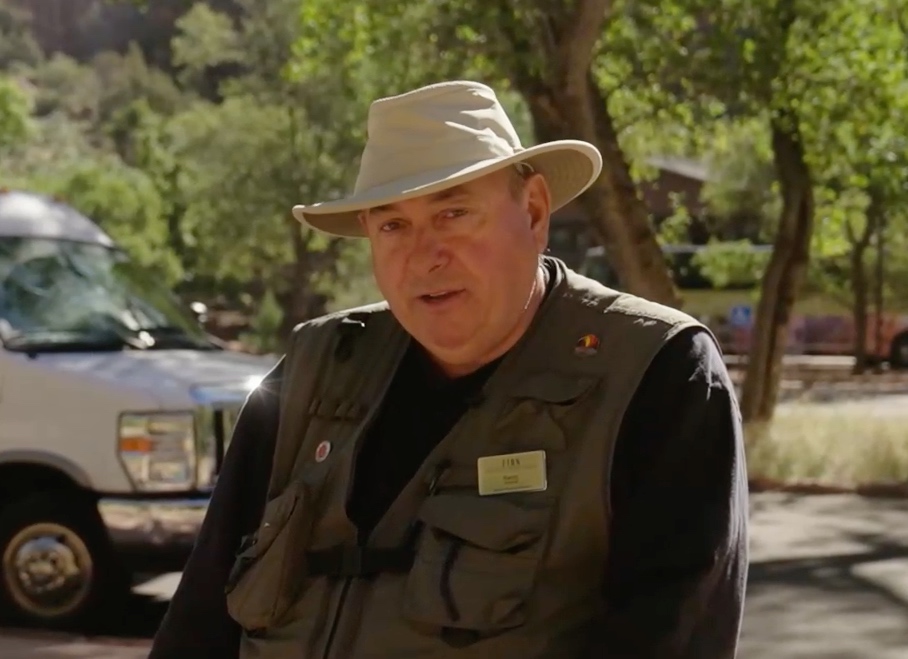
To learn more about the park, we spoke with Randy, tour guide at Zion. He told us about the park’s mission, how Zion preserves itself for the future and why it is such a great destination for all seasons.
For travel inspiration: USA destination guide
A mission to protect and preserve
“The mission of Zion, and all National Park’s is to preserve and protect everything,” says Randy. “The plants, the wildlife, the natural environment, the cultural sites, the cultural artefacts.
“The challenge is how do we maintain that mission, considering there’s four and a half million visitors here a year who each have an impact on this environment. It is a very careful balancing act to preserve and protect everything here, but still make it accessible and open to the public, which is also a vital part of the mission of the National Park.”
Discover Zion on: Enchanting Canyonlands, America’s Magnificent National Parks, Wonders of the American West
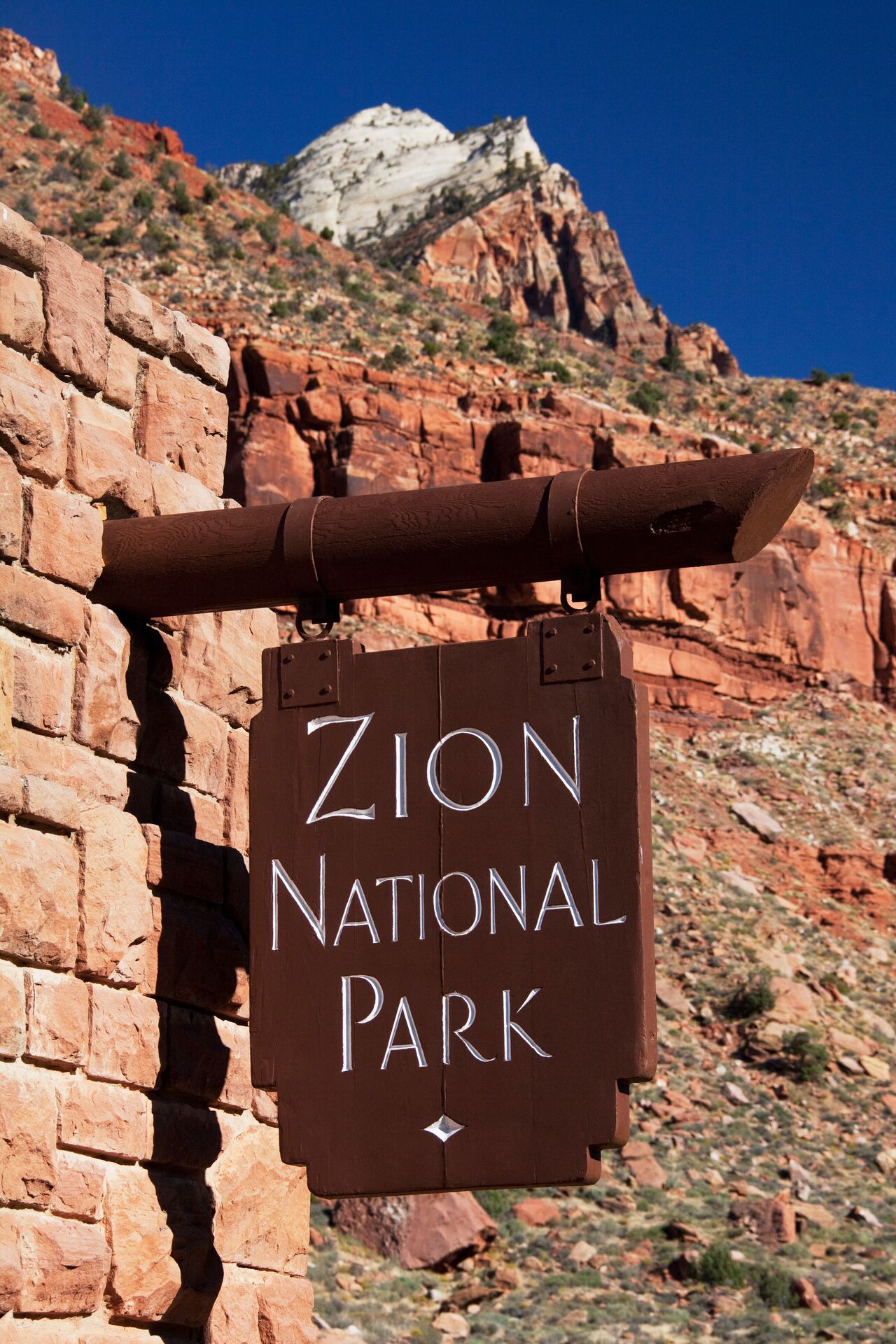
The name Zion is credited to early Mormon settlers – a Biblical word, refering to a place of spiritual sanctuary.
The unique geology of Zion National Park
Established on November 19, 1919, Zion National Park spans over 230 square miles in southwestern Utah. It’s known for its stunning landscapes characterized by cliffs, canyons and lush greenery along the Virgin River. “We’re most famous here at Zion for the towering sandstone cliffs,” Randy tells us.
Famous formations include Angels Landing, the Narrows and the iconic Zion Canyon with its deep, narrow walls. “At one time, this entire province that today we identify as the Colorado Plateau was a desert,” he continues. “It was considered to have been the largest desert to ever have existed in the history of the world and is evidenced today in the sandstone cliffs. So that’s what we’re looking at, different environments from the history of the world.
The park’s geological history dates back 250 million years and tells a story of ancient environments, uplift and erosion. The dominant rock layer, Navajo Sandstone, forms the majestic peaks and slot canyons. You will find desert like environments throughout the park, but it’s also a part of the Colorado Plateau which serves as a drainage system for the Rocky Mountains.
You may also be interested to read: 6 Reasons Why Monument Valley is Utah’s Most Underrated Sight
Preserving the natural soundscape of the park
“There is a strong focus on preserving the natural soundscape in national parks,” says Randy of the park’s sustainability efforts. National soundscape refers to the auditory environment that envelops a national park, from the rustle of leaves, the babble of a brook, and the call of the birds who live there. A symphony of silence and subtle sounds, it’s an integral part of the wilderness experience and as human-made noises encroach, preserving this soundscape becomes crucial for the well-being of both the environment and its visitors.
“The National Park Service actually has a dedicated division that monitors the dark night skies and maintains the natural soundscapes in all national parks. That’s one of the reasons we have the shuttle bus system, which operates from spring to fall, to reduce vehicle noise, traffic and vehicle emissions.”
An innovative aspect of Zion’s sound management strategy involves the monitoring and recording of natural sounds. The park has deployed sound level monitoring stations at various locations to assess the impact of both natural and human-generated sounds. By understanding the baseline acoustic conditions, the park can make informed decisions to mitigate any adverse effects on the soundscape.
Bookmark for later: Wild and free: why June is the best time to visit Yellowstone National Park
A park for all seasons
Zion National Park is open year-round, with plenty to thrill in every season. The most popular months to visit are April through October, and spring, summer and fall are more crowded than winter. Zion National Park covers a vast area with diverse landscapes and elevations, leading to varying weather conditions. But generally, for the weather in Zion, summers are hot, and winters are cold. Read on for some insight to help you decide the best time to visit Zion National Park.
Zion National Park FAQs:
How many days do you need at Zion National Park?
Many visitors find that spending at least 2 to 3 days allows them to experience the main highlights of the park. This gives you enough time to explore the scenic drives, hike some of the famous trails like Angel’s Landing or The Narrows and take in the breathtaking views. If you’re an avid hiker or outdoor enthusiast, you might want to consider staying longer to fully immerse yourself in all that the park has to offer.
If you love National Parks, you may also enjoy: These are the best national parks to visit in Eastern USA
What is the rainy season in Zion?
In late summer and early fall, Zion experiences its annual monsoon season. These storms can lead to flash floods, which are risky if you’re nearby. However, witnessing a thunderstorm rolling over Zion’s red cliffs can be truly breathtaking. If you’re safely perched on the canyon rim, watching a flash flood from a distance can also be a remarkable sight.
SAVE UP TO $2,000 PER COUPLE* ON YOUR FIRST PREMIUM TOUR.
Plus receive latest offers, travel inspiration, and discover how your travels will make a positive impact. Together, WE MAKE TRAVEL MATTER®. Subscribe Now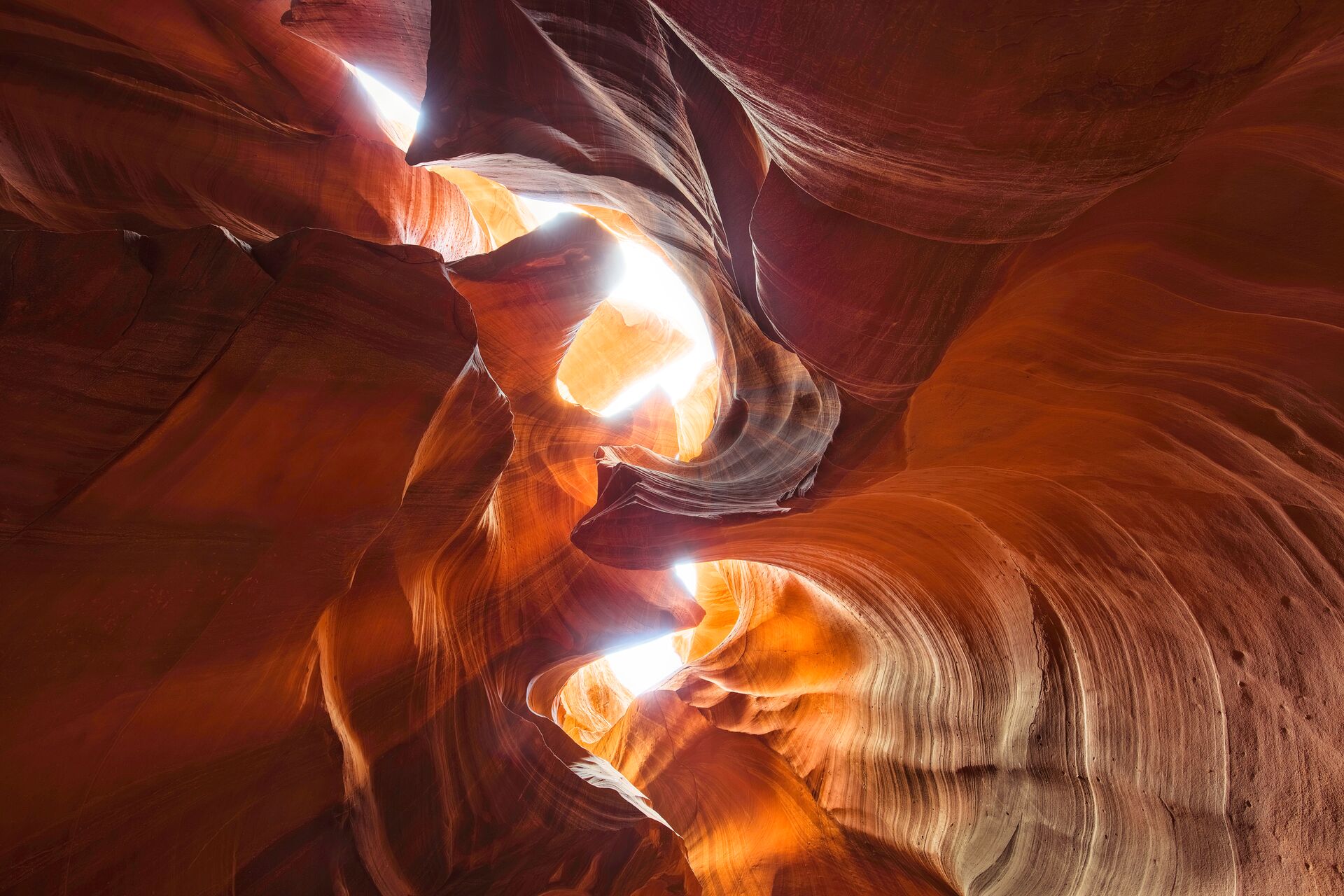
Zion is continually changing, with flash floods are a key factor. It is estimated that Zion gets about 600 inches deeper every million years.
What is the best time of year to visit Zion to avoid the crowds?
The best time of year to avoid the crowds in Zion is in the late fall, winter, and early spring. During these times, the park gets fewer visitors due to cooler weather and fewer facilities open. Winter, especially, offers stunning scenery and quietude. If you must visit in summer, try going early in the morning when there are fewer people around. Also, explore the less crowded areas of the park for a more peaceful experience.
What is the best time to visit Zion National Park for hiking
If you want to hike in Zion, fall is the top season. Most trails are open during this time (unlike in spring, when some trails may close due to water levels and flooding from the Virgin River). Most people hike the Narrows in summer or early fall. In fall there are fewer people around, making hiking more enjoyable. The colorful foliage in fall adds to the beauty of the landscape. With cooler daytime temperatures (compared to summer) and chilly nights, it’s perfect weather for exploring the trails.
What is the best time to visit Zion for sightseeing?
The prime times for sightseeing in Zion National Park, are spring and fall. These seasons are cooler than summer, warmer than winter, and generally have fewer crowds. In spring, you’ll encounter lush green landscapes and gentle cascades of waterfalls flowing down cliffsides. Fall brings cooler temperatures and vibrant autumn colors, especially from the cottonwood trees along the Virgin River. Winter and summer have their positives as well. The winter scenery can be stunning, especially if there has been a recent snow.
What is the best time to visit Zion National Park for wildlife viewing?
The best time for wildlife viewing in Zion National Park varies depending on which animals you wish to see. Certain species, such as the endangered California condors and Mexican spotted owls can be spotted year-round, however you’ll need patience regardless of the season.
In spring, many animals give birth to their young, and reptiles and smaller mammals emerge from hibernation. However, the park gets busier during this time, making it harder to spot wildlife in peaceful settings. In fall, larger animals like mule deer and bighorn sheep, along with predators such as coyotes, bobcats and mountain lions, move to lower elevations for warmer temperatures. In summer, the warmer nights extend the viewing hours, and since many animals are nocturnal during this time, you may spot more wildlife.
Is Zion better in spring or fall?
Deciding whether spring or fall is better to visit Zion National Park depends on what you hope to experience during your trip. In spring, the park comes to life with vibrant wildflowers, particularly in April and May. Additionally, spring runoff from melting snow can result in more dramatic waterfalls throughout the park. The temperatures in spring are generally mild, making it pleasant for hiking and exploring the park without the intense heat of summer.
On the other hand, fall offers its own attractions. The foliage in Zion can be spectacular, with the cottonwood trees turning shades of gold and orange, particularly in late October and early November. Stable weather conditions with clear skies and comfortable temperatures are ideal for hiking and photography. Another bonus is the fall typically has fewer insects compared to spring.
Whichever season you prefer, to experience the magic of Zion National park for yourself, why not book a place on Enchanting Canyonlands, America’s Magnificent National Parks, Wonders of the American West
LIKED THIS POST? SHARE WITH YOUR COMMUNITY
